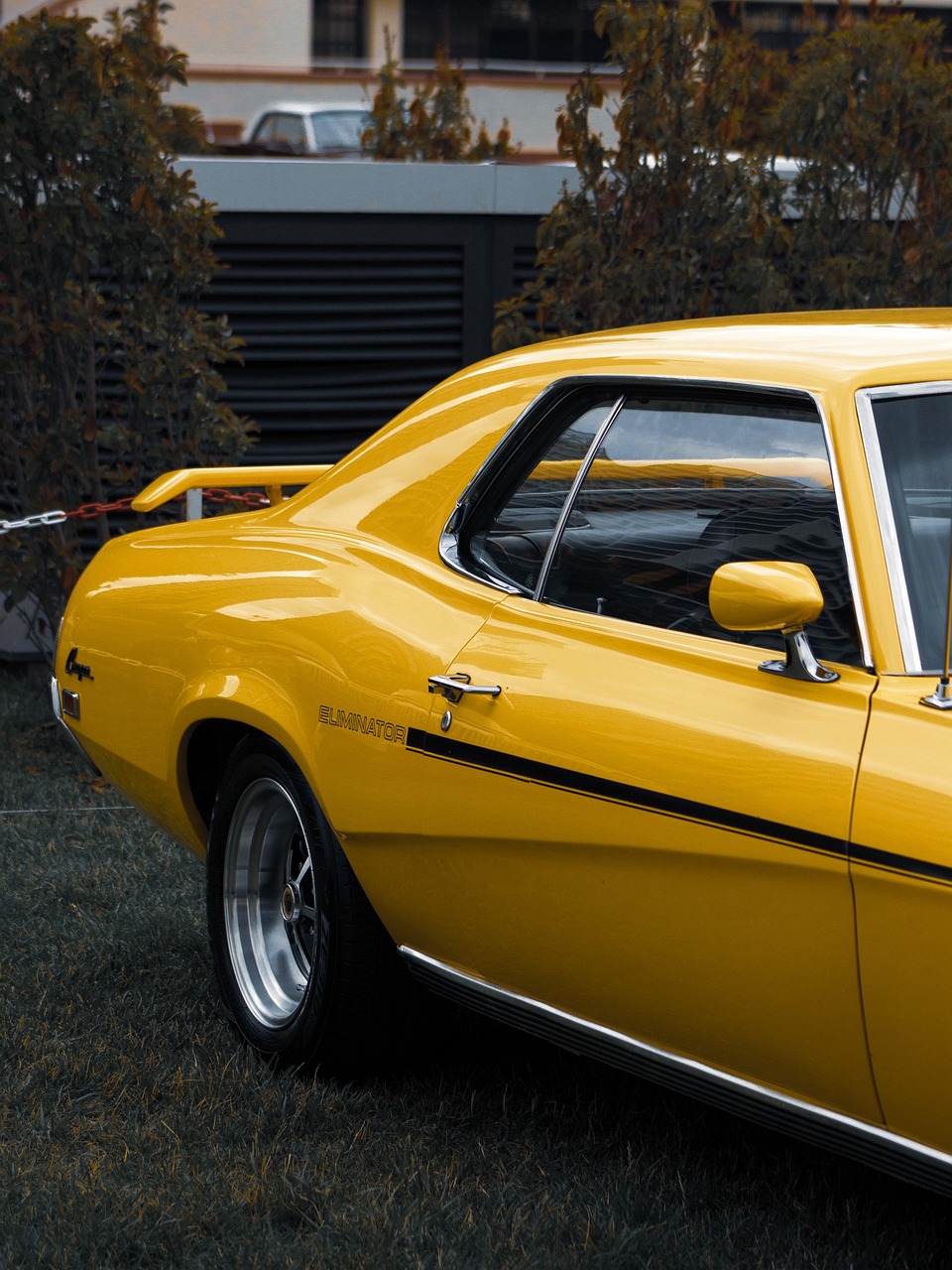
Why Smart Detail Shops Rush Ceramic Coating
The ceramic coating market hit $11.16 billion in 2023. Most detail shops still think it's too complicated to add.
They're missing the point entirely.
Ceramic coating represents the highest-margin service you can offer. We're talking about gross margins of 50 percent on premium services that start at $1,000 per application.
But implementation requires strategy, not just enthusiasm.
Start With Market Reality
Your customers already want ceramic coating. They've seen the YouTube videos and read the forums. The question becomes whether they buy from you or drive across town to your competition.
The automotive segment is growing at 8.5% annually. This growth stems from increasing consumer awareness about vehicle aesthetics and long-term paint protection value.
You can either participate in this growth or watch it happen around you.
Investment and Training Foundation
Professional ceramic coating requires upfront investment in three areas: products, tools, and education.
Quality ceramic coating products cost more than traditional waxes and sealants. Expect to invest $500-1,500 in initial product inventory depending on the brands you choose and service volume projections.
Tools include specific applicators, curing lamps, paint thickness gauges, and polishing equipment. Many shops already own 70% of what they need.
Training represents the most critical investment. Professional training kits contain enough product to prep and coat 6-8 vehicles, generating $5,000+ in profitable sales.
Certification validates your expertise and protects product warranties. Customers pay premium prices for certified installation confidence.
Workspace Preparation Requirements
Ceramic coating demands controlled environmental conditions. Temperature and humidity directly affect application success and final results.
Your workspace needs consistent temperatures between 60-80°F with humidity below 70%. This might require climate control upgrades or seasonal application scheduling.
Dust control becomes critical during application and initial curing. Even minor contamination ruins the finish and requires complete removal and reapplication.
Proper lighting helps identify surface imperfections and ensures even coverage. LED work lights provide the clarity needed for professional results.
Surface Preparation Process
Ceramic coating amplifies existing paint conditions. Perfect preparation creates stunning results. Poor preparation magnifies every flaw.
Start with thorough washing using pH-neutral soap. Remove all wax, sealant, and polish residue with dedicated prep solutions.
Clay bar treatment removes embedded contaminants that washing cannot eliminate. This step prevents coating adhesion problems and surface imperfections.
Paint correction addresses swirl marks, scratches, and oxidation before coating application. The coating locks in whatever surface condition exists underneath.
Final preparation includes alcohol or prep spray wipedown to ensure completely clean, residue-free paint surfaces.
Application Technique Mastery
Ceramic coating application follows precise patterns and timing. Work in small sections, typically 2x2 foot areas on horizontal surfaces.
Apply thin, even coats using cross-hatch patterns. Thick application creates high spots and uneven curing that requires removal and reapplication.
Timing matters critically. Most coatings require removal of excess product within specific timeframes, usually 30-60 seconds after application.
Multiple thin coats provide better results than single thick applications. Plan for 2-3 coats with appropriate flash time between layers.
Service Package Development
Structure ceramic coating offerings in tiers that match different customer needs and budgets.
Entry-level packages include single-stage coating with basic paint preparation. This serves customers wanting protection without extensive correction work.
Premium packages combine paint correction with multi-layer coating systems. These command higher prices while delivering superior results and longer warranties.
Maintenance packages create ongoing revenue streams. Ceramic coatings require specific care products and techniques for optimal longevity.
Add-on services like wheel coating, glass coating, and interior protection increase average transaction values while providing comprehensive vehicle protection.
Quality Control and Warranties
Establish inspection protocols that catch application issues before customer delivery. Poor initial results damage reputation and require expensive corrections.
Document the entire process with before, during, and after photos. This creates customer confidence while protecting against warranty disputes.
Warranty terms should reflect realistic expectations and proper maintenance requirements. Most professional coatings offer 2-5 year protection with proper care.
Customer education prevents warranty issues and ensures satisfaction. Provide specific care instructions and recommended maintenance schedules.
Marketing and Customer Education
Position ceramic coating as investment in vehicle protection rather than expensive detailing service. Focus on long-term value and convenience benefits.
Before and after documentation showcases your expertise and results quality. Visual proof sells better than technical explanations.
Partner with local car dealerships, automotive repair shops, and luxury vehicle dealers for referral opportunities.
Social media content should demonstrate the application process and highlight dramatic results. Time-lapse videos perform particularly well for ceramic coating content.
Implementation Timeline
Month one focuses on training completion and workspace preparation. Avoid rushing into customer applications before mastering techniques.
Month two introduces ceramic coating to existing customers through special offers or package upgrades. Start with vehicles requiring minimal paint correction.
Month three expands marketing to new customers while refining processes based on initial experience. Track profitability and adjust pricing as needed.
Successful implementation typically takes 3-6 months to reach consistent profitability and customer satisfaction levels.
The ceramic coating opportunity continues growing while many detail shops hesitate. Early adopters capture market share and establish expertise before competition intensifies.
Your customers want ceramic coating protection. The question becomes whether you'll provide it or send them elsewhere.